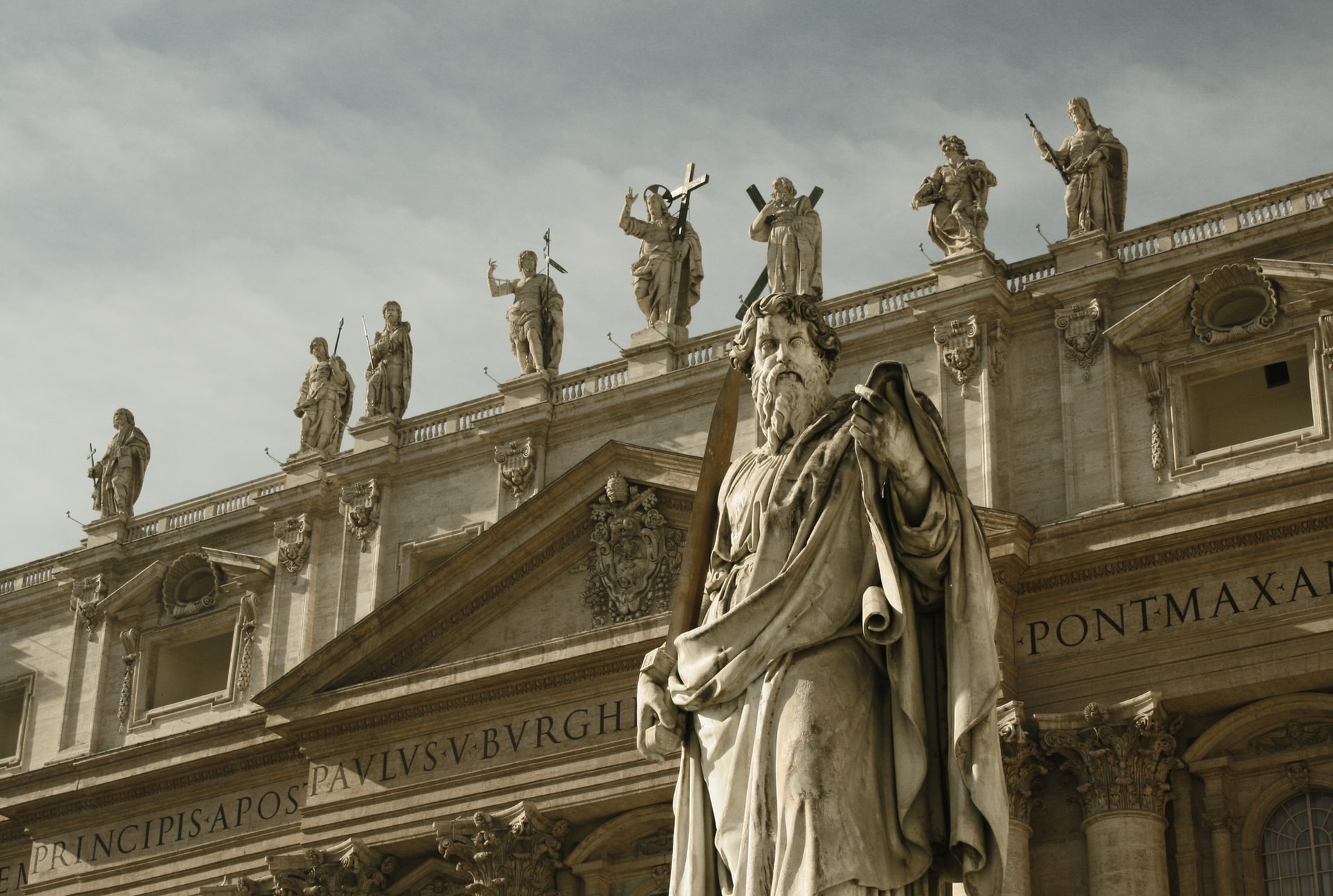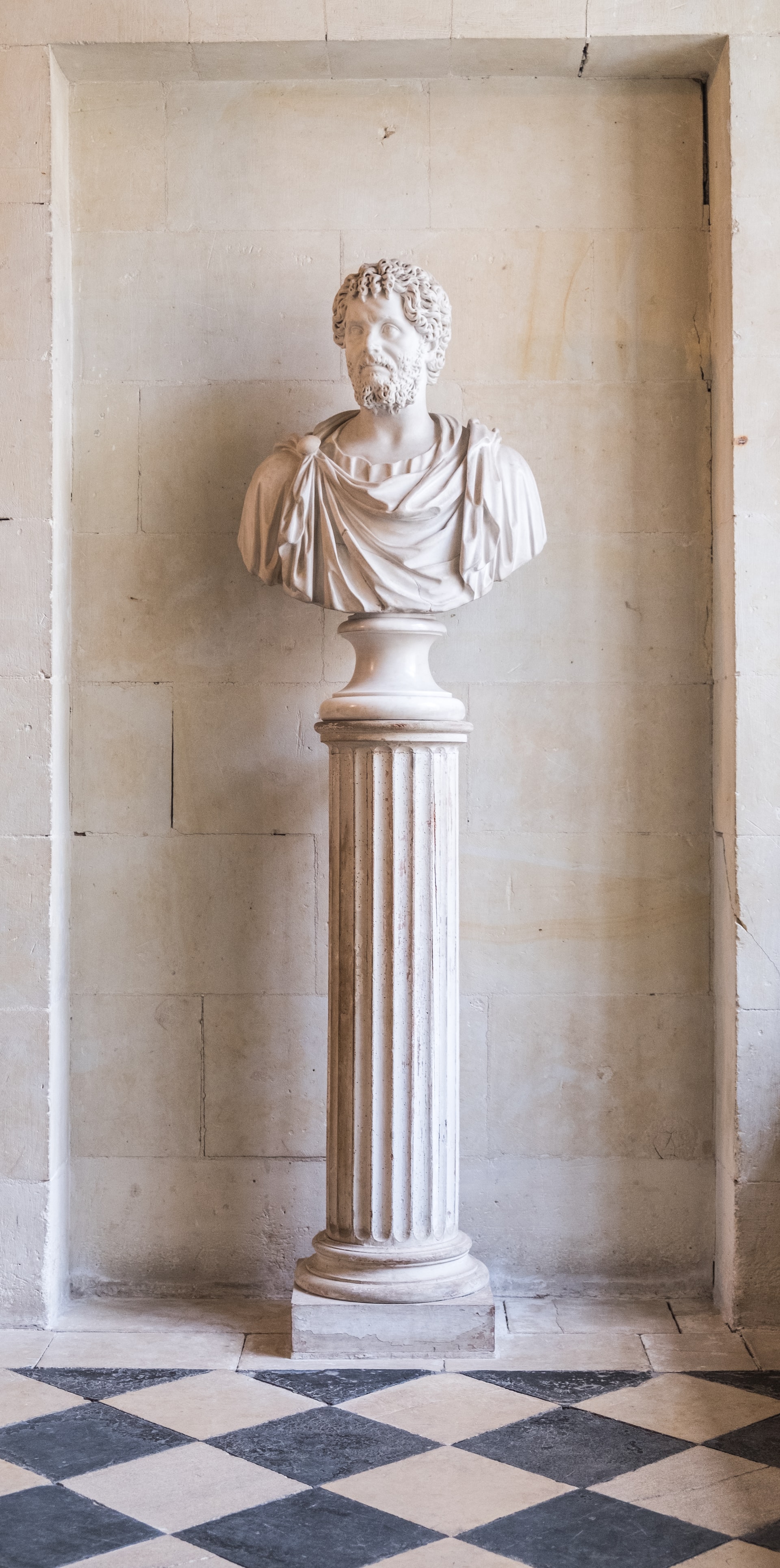Roman Law - It's History And Importance
All aspects of daily life were controlled by Roman laws. Crime and punishment, land and property ownership, business, the marine and agricultural industries, citizenship...
May 30, 202239.6K Shares735.1K Views

All aspects of daily life were controlled by the Roman law.
Crime and punishment, land and property ownership, business, the marine and agricultural industries, citizenship, sexuality and prostitution, slavery and manumission, politics, liability and property damage, and the preservation of the peace were all on their minds.
Ancient legal documents, literature, papyri, wax tablets, and inscriptions allow us to examine these laws t.
Roman law was established in a variety of ways, including statutes, magisterial decisions, emperor's edicts, senatorial decrees, assembly votes, plebiscites, and expert legal counsel deliberations, and as a result, it became multi-faceted and flexible enough to deal with the changing circumstances of the Roman world, from republican to imperial politics, local to national trade, and state to inter-state politics.
Historical Studies About Roman Law
The Corpus Iuris Civilis, produced under Justinian I's patronage and encompassing, as its name implies, civil law, is one of the most important texts on Roman law.
The enormous Digest, one of its four books, covers every area of public and private law.
The Digest, written under the supervision of Tribonian in 533 CE, is a compilation of nearly 2000 different legal texts.
The Digest is one of the richest manuscripts remaining from antiquity, since it contains a treasure mine of accidental historical information intended to explain different aspects of law, ranging from life expectancy to tax data, authored by famous jurists or legal experts like as Gaius, Ulpian, and Paul.
The Codex Gregorianus (issued c. 292 CE) and the Codex Hermogenianus (published 295 CE), both named for renowned jurists during Diocletian's rule and containing over 2,500 passages, are two more compilations of legislation.
The Theodosian Code, a compilation of over 2,700 rules created in the 430s CE and expanded through time, and the Codex Iustinianus (528-534 CE), which summarized and expanded the previous codexes, are both worth mentioning.
There are also certain forms of legal documents that have remained from antiquity, such as negotia records, which detail commercial transactions ranging from rentals and lease agreements to contracts defining property transfers.
Inscriptions on public monuments, for example, can expose laws and their ramifications by publicizing new legislation or thanking people who supported the side engaged in court triumphs.
Sources In Roman Law
A new law might be added to the legal corpus or displace a prior law under Roman law, which was cumulative in nature.
Roman law can be derived through statutes (leges), plebiscites, senatorial decrees (decreta), determined cases (res iudicatae), custom, edicts (senatusconsulta) from the Emperor, magistrates, or other higher authorities such as praetors and aediles.
The Twelve Tables, according to legend, were the original source of Roman law, although only as citations in subsequent texts.
Following an endeavor to consolidate the early Republic's civil laws (ius civile) in one place and remove the priestly and aristocratic class's exclusive dominance of legal affairs, a distinct code of law governing citizen-to-citizen interactions was written (ius sacrum).
All other parties came under the legal authority of the male head of the family (pater familias), who had wide flexibility in his treatment of those in his care, both free and unfree.
When legal concerns occurred that the Twelve Tables did not address, for example, as commercial activity grew, it became essential to give legal covering for transactions and business relationships involving citizens and non-citizens, as well as regulations that took into account the parties' behavior and purpose.
These relationships were the subject of contracts and provisions such as a stipulatio, and disputes were presided over by a special magistrate (praetor peregrinus) who was specifically concerned with legal disputes involving foreigners and relations between Rome and foreign states, i.e. international law, beginning around 242 BCE (ius gentium).
The focus under the Republic was on magistrates' adaption of existing laws (ius honorarium) rather than the development of entirely new legislation.
This was done in particular in the yearly Praetor's Edict (codified from 131 CE), which described the sorts of permitted cases, defenses, and exceptions, as well as a review of the preceding year's legal policy and any necessary legal changes.
For example "Lex Genucia" was a series of laws applied just having two magistracies at the same time or during the following ten years (until 332 BC) and required at least one consul to be a plebeian.
In this way, the application of laws could be amended while the law itself remained constant, and a succession of case formulas arose to provide more legal coverage for Roman society's ever-changing condition.
For example, a fine's value may be increased to keep up with inflation, but the legal premise of a fine for a specific offense would stay constant.
Other officials, such as governors and military tribunals, might also 'interpret' the law and apply it on a case-by-case basis based on the facts of the case.
The Emperor was involved in legal affairs throughout Imperial times, particularly in response to private petitions (libelli), although he normally followed the counsel of those best suited to assess legal questions, primarily jurists (see below).
Caracalla's decree of 212 CE, which conferred Roman citizenship to all free people of the empire, is perhaps the most famous example of an emperor making a new law.
When there were problems between Roman law and local law in the provinces, the emperor functioned as a judge, which was typically upheld, and the situation was theoretically solved with Caracalla's proclamation.
Women Have Rights In Roman Empire?
Yes but just for ceremonial issues. The emperor's judgments and declarations were compiled into the constitutions of the emperor, or constitutiones princips, beginning with Hadrian's reign.
Furthermore, the Senate may enact regulatory measures (senatus consulta), such as those governing public games or women's inheritance rights.
Although uncommon, statute law enacted by the people through public assemblies (comitia) might contribute to the legal corpus, it was usually restricted to ceremonial considerations such as deciding on posthumous honors to be bestowed on the offspring of emperors who died prematurely.
Who Made The Law In Roman Empire?
Jurists (iurisprudentes), legal experts who subjected written laws, rules, and institutions to intellectual scrutiny and discussion in order to extract the fundamental legal principles they contained.
Then applied and tested those principles on hypothetical specific cases in order to apply them to new legislation, were an important part of Roman law.
There were probably less than 20 jurists at any given period, and their qualification for the position was their comprehensive knowledge of the law and its history.
They were included into the main administration that served the emperor throughout imperial periods.
Jurists also held a monopoly on legal knowledge because it was not feasible to study law as part of a regular school curriculum until the mid-second century CE.
People Ask
What Is Roman Law In Simple Terms?
The ancient Roman legal system, which encompasses both written and unwritten law, is founded on customary law and legislation of the city of Rome.
What Were 3 Roman Laws?
Civil law, the law of peoples, and natural law were the three branches of Roman law.
What Are Some Examples Of Roman Law?
All aspects of daily life were controlled by Roman laws. Crime and punishment, land and property ownership, business, the marine and agricultural industries, citizenship, sexuality and prostitution, slavery and manumission, politics, responsibility and property damage, and the preservation of the peace were all on their minds.
Conclusion
Perhaps one of the greatest benefits of Roman law and its legal systems was that, as the empire grew and populations grew more diverse, the law and its protection of citizens acted as a binding force on communities and fostered an expectation that a citizen's rights.
The Romans have handed down to us not only many legal terms still-used today in the field of law and legal science but also their passion and expertise for precise and exact legal terminology.
Latest Articles
Popular Articles


